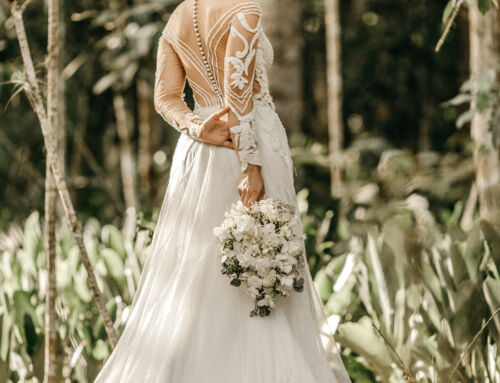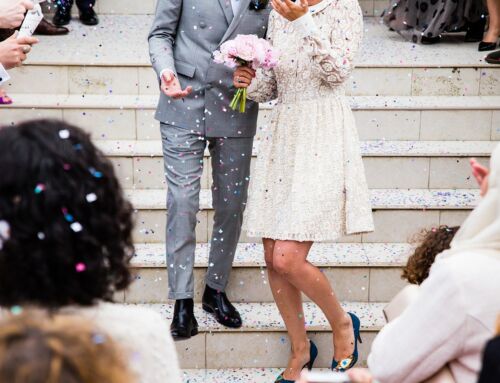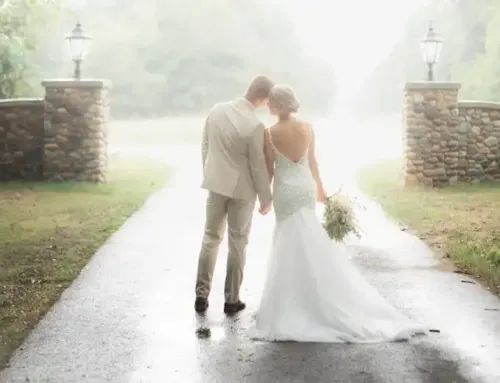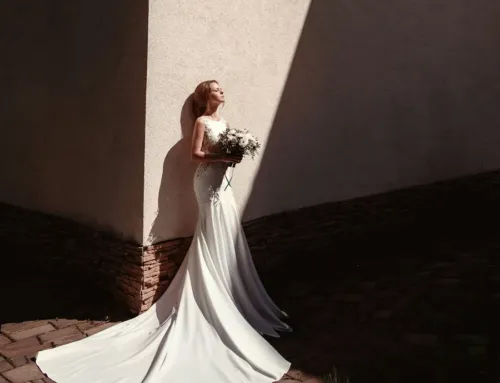When it comes to your wedding day, your dress isn’t just an outfit – it’s a moment, a memory, and a reflection of your unique style. But even the most exquisite gown off the rack often needs a little tailoring magic to truly become your dress. That’s where wedding dress alterations come in.
Whether you’re after subtle tweaks or full customisation, professional alterations can make all the difference between a dress that looks lovely and one that fits like it was made just for you.
Why Wedding Dress Alterations Matter
Even designer dresses are made to standard sizes, which rarely match our bodies perfectly. Tailoring your gown ensures it hugs you in all the right places, feels comfortable from ceremony to dance floor, and flatters your figure beautifully.
Here’s how alterations can transform your dress:
Achieve the perfect fit: Nipping in the waist, adjusting the bust, or shortening the hem ensures your gown feels secure and stunning.
Add personal details: Want a lower neckline, a longer train, or statement sleeves? Alterations can help you personalise your dress to suit your vision.
Ensure comfort and confidence: A well-fitted dress gives you the freedom to move, pose, and enjoy every moment of your big day.
Common Wedding Dress Alterations
There’s no one-size-fits-all when it comes to alterations. Here are some of the most common (and effective) changes brides make:
1. Taking In or Letting Out the Bodice
This is the most crucial alteration to get that snug, secure fit through your torso – especially for strapless gowns.
2. Adjusting the Hem
Your gown should skim the floor elegantly, whether you’re wearing heels, flats, or going barefoot. A custom hem keeps you graceful and safe from tripping.
3. Adding Bustle Options
A bustle allows you to lift your train after the ceremony so you can move freely at the reception – essential for dancing and mingling.
4. Customising Necklines or Sleeves
Transform the look entirely by changing the neckline, adding straps, or incorporating sleeves – whether lacy, sheer, or dramatic.
5. Reshaping the Silhouette
From A-line to mermaid or ball gown to sheath, skilled alterations can subtly reshape the silhouette to flatter your frame.
When to Start the Alteration Process
Timing is everything when it comes to tailoring your wedding dress. Ideally, you’ll want to begin 2–3 months before the big day, with at least two or three fittings planned.
First fitting: Discuss your vision, try on the dress, and identify areas for adjustment.
Second fitting: Try on the partially altered gown, and make further refinements.
Final fitting: Make sure everything fits perfectly – from bodice to hem.
Don’t forget to bring your wedding shoes and undergarments to each fitting, as they can affect the overall fit and length of the gown.
Choosing the Right Tailor
Not all alterations specialists are created equal – wedding dresses often involve delicate fabrics, intricate beading, or layers of tulle and lace. It’s essential to choose a seamstress who specialises in bridal wear and comes with glowing recommendations.
AB Wedding Dress Alterations have over 40 years experience, you can trust us to help.
Final Thoughts
Your wedding dress should make you feel nothing short of extraordinary – and alterations are the final (and often most important) step in making that happen. With expert tailoring, even a dress that’s nearly perfect can become the one you’ve always imagined.
So don’t settle. Transform your gown with the magic of bespoke alterations and walk down the aisle feeling every bit as beautiful as you deserve.



 Serving: London & Greater London
Serving: London & Greater London




